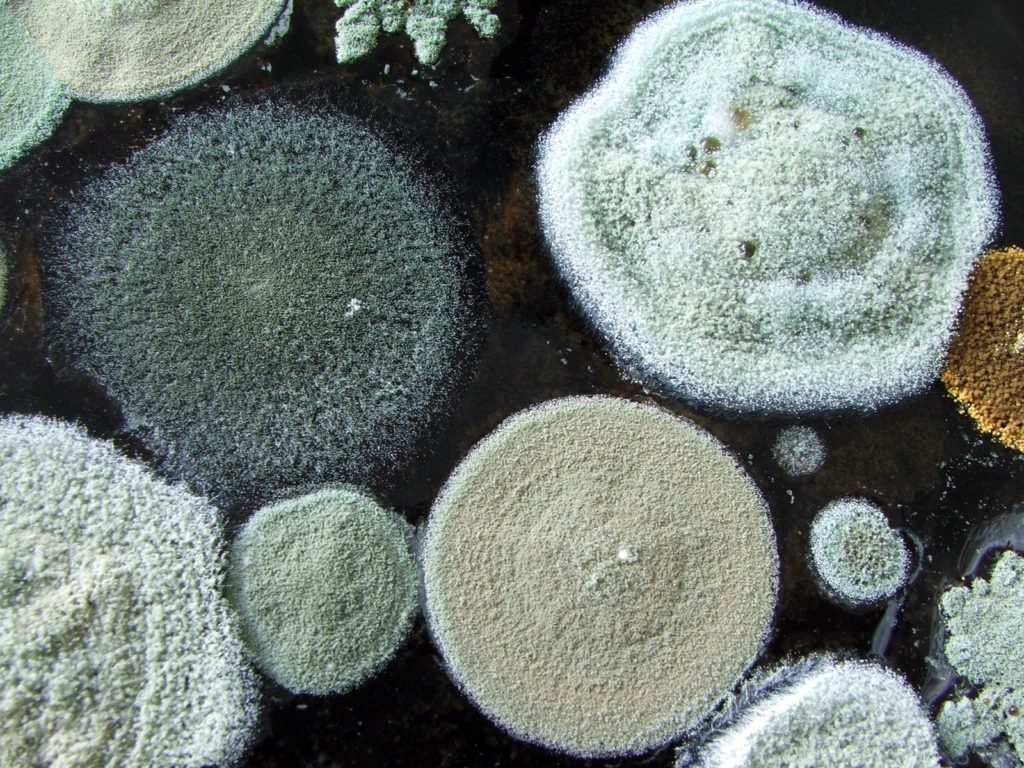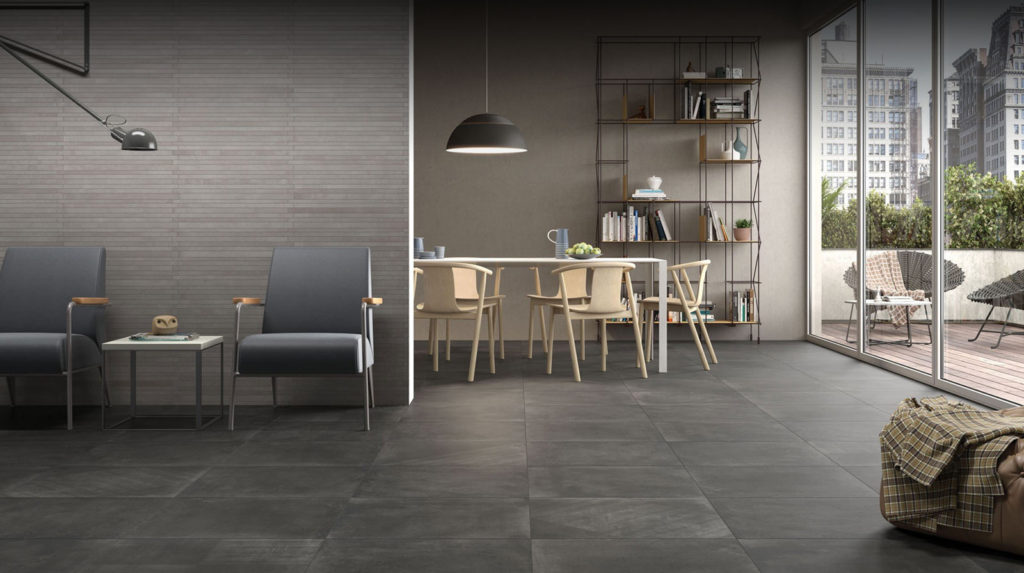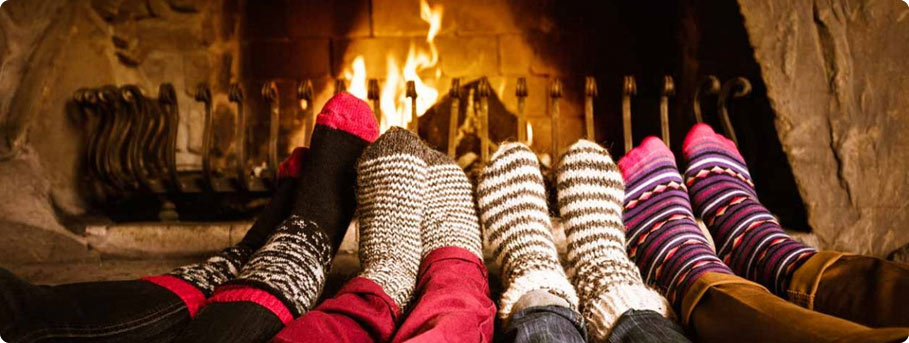If you’re like most people, indoor air quality is important to you. No one wants to be subjected to contaminates in the air that can wreak havoc on your health. Americans spend 90% of their time indoors. After all, your home is your castle, and your workplace is your home away from home. So. feeling healthy and comfortable about your environment is priority one. Unfortunately, nasty little pollutes can be commonplace and sneak in through lots of different means. Poor upkeep of ventilation, lack of ventilation, dampness due to leaks, activities like construction, and even contaminated air coming in from the outside can be culprits. Forced air systems can make things worse and keep bad air in circulation.
Sometimes you can tell by their bad smell that contaminates are present. Or your eyes may become irritated and notice dryness in your nose. In worse cases, you could experience headaches or nausea. Other times you may not notice your indoor environment is being affected by air contamination.
So, what can you do? By preventing forced air convection and instead installing an infrared heating system, you can make a big difference in your air quality. First, here’s a list of the main factors relating to poor indoor air quality.
What are the main factors of poor indoor air quality?
According to Green Facts on Health and the Environment, there are several main factors that lower the quality of your indoor air. You may have more than one of these factors present in your indoor environment at any one time. This is especially a problem if the air in your home or workplace is pushed through a forced air system. Unlike a radiant floor or ceiling heating system, a forced air convection system continually circulates these factors into the air you breathe.
Chemicals – The affect of chemicals can lead to irritated eyes, nose, and throat issues. They enter the air through household products like cleaners and even home appliances. Most of these chemicals may not have possible health effects due to long term exposure. However, there are instances when dangerous chemicals get into your inside air and could result in serious health issues if they remain for prolonged periods of time.
Microbes – These bad guys are notorious for causing the development of allergies and asthma. They come in the form of mold and viruses.
Pets – Believe it or not man’s best friend can be enemies to excellent air quality due to allergens. Pests like dust mites, cockroaches, and mice are also allergens that are important factors related to your indoor air quality.
Suspended particles – These irritants can affect your health especially your respiratory or cardiovascular system.
Humidity – High and low humidity can both be a problem. High humidity fosters the growth of mold and dust mites while low humidity can cause rashes, dryness of nose and skin, and irritate the eyes.
Ventilation – This is one of the biggest, if not the biggest factors to affect your indoor air environment. Poor ventilation can affect your health and work performance.
Indoor temperature – If your indoor temperature is too high or too low, you can be subject to unhealthy conditions, not to mention be uncomfortable. For example, high temperatures aggravate the effects of insufficient humidity.
And this list is not all inclusive!
How to help improve your indoor air quality
Keeping your home or workplace environment healthy is important to everyone. And the onslaught of contaminates that exist in indoor environments can be minimized. Unfortunately, current central heating systems work by heating the air and circulating it throughout the living space. It loses its efficiency through ducting and leakages.
On the other hand, the installation of a radiant heating system can keep those pesky irritants in check. That’s because infrared heat has anti-allergenic properties because the system produces no dust, acts as a dehumidifier, and can help eliminate the formation of mold. The infrared heating film also prevents dampness from being trapped inside the wall to allow excess humidity to evaporate. Oh, and your allergies will love it too as this system will not have intensive air flows which circulates dust. It keeps the air clean and moderately dry. In addition, it’s compatible with every type of living or commercial space.
So, do yourself and your family a favor and clean up your inside air. Your health and life could depend on it.
To start creating a more healthful indoor environment, contact us. At Carbontec, our materials are developed to specifically address unhealthy irritants that can lower indoor air quality.



 The World Health Organization recommends an indoor temperature of 68° F for those who are sick, very old, or very young. Most Americans love their indoor temperature between 68° to 74° F during the winter months. So, heating up our houses is a big deal. The goal for most of us is to be comfortable in our own home. It contributes to our quality of life.
The World Health Organization recommends an indoor temperature of 68° F for those who are sick, very old, or very young. Most Americans love their indoor temperature between 68° to 74° F during the winter months. So, heating up our houses is a big deal. The goal for most of us is to be comfortable in our own home. It contributes to our quality of life.